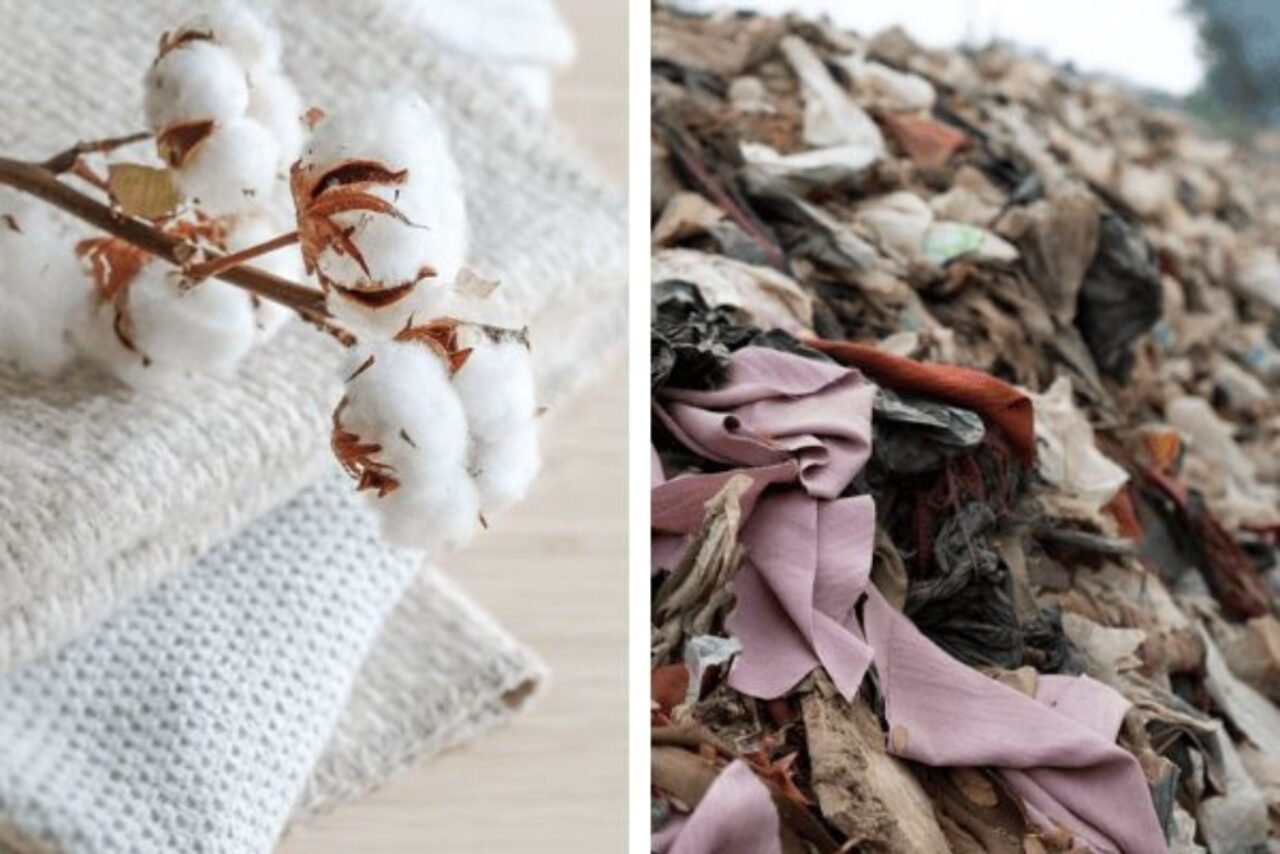
Australia has taken a decisive step toward confronting one of the industry’s most persistent environmental challenges: textile waste. In a global first, Standards Australia has released SA TS 5399:2025 – Compostable Natural Fibre Textiles, a Technical Specification that could reshape how brands design products and how waste is managed.
Australia produces around 860,000 tonnes of textile waste annually, yet only 5% is recycled (Source: ABS). Most ends up in landfill, where natural fibres mixed with chemical treatments release methane. Until now, there was no science-based method to verify whether textiles can safely return to the soil.
The specification is the result of four years of collaboration - initiated by The Very Good Bra, chaired by Blake Lindley, with expertise from Meriel Chamberlain, Dr Chris Hurren and his team at Deakin University. It introduces a repeatable test method to predict whether a textile will decompose under industrial composting conditions, in line with AS 4454:2012 – Composts, Soil Conditioners and Mulches.
“When I started advocating for the development of a standard for textile composting, I had no idea how hard it would be, how long it would take, and how many experts would be involved,” said Stephanie Devine, founder of The Very Good Bra and member of the PC-005 Compostable Textile Committee. “we’ve had amazing input from Jasmine Lauer at Country Road and Thomas Dewing at Wormtech. It’s truly taken a village and I think we are all very proud to have got to this point.”
For sourcing managers, this is a significant step forward. While we know that Australian cotton is widely recognised for its strong environmental credentials - even the most carefully grown fibre can lose its sustainability advantage if harmful chemicals are introduced during processing.
“We hope this Technical Specification can be used by brands already sourcing quality natural fibres to select less harmful production processes for customers, and open avenues in the bio-circular economy.” Devine says. The new test complements certifications like Oeko-Tex and GOTS, extending assurance beyond the supply chain into end-of-life recovery.
For now, the specification applies only to pre-consumer textiles, as post-consumer fabrics introduce unknown variables such as detergents and softeners - a challenge the team is already preparing to tackle. Research is underway to expand the scope, and the next phase will involve controlled trials with regulators and composters, paving the way for industrial-scale composting of textiles.
SA TS 5399 is more than a milestone - it gives brands, scientists, and waste operators a shared language for testing and improving compostable textiles, and sets the foundation for a future where garments truly return to nature.
“I now state that my bras can be eaten in a worm farm in 8 weeks.” Devine says. While brands may not be able to use the ‘compostable’ claim with the intention of informing consumer disposal behaviours just yet - the science is ready, and the team is working to ensure that the infrastructure follows.
“Worms are the highest arbiters of good taste,” she added, “so for now that’s what we can say with 100% certainty.”
SA TS 5399:2025 – Compostable Natural Fibre Textiles is now available through the Standards Australia Store.
November 2025
